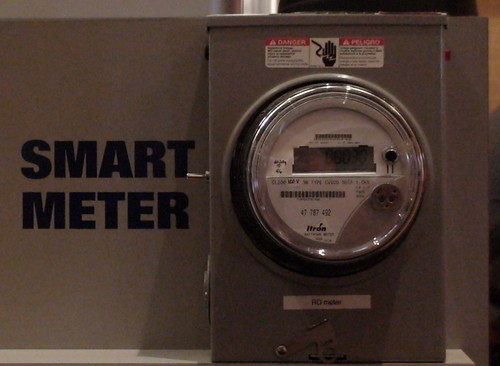-
What has NASA done lately to help the Earth?
Dr Pete Worden of NASA presents on much of the Earth Science work NASA is doing – fascinating presentation to Google.
At present, NASA has more than a dozen large Earth observing satellites in orbit, returning over a terabyte per day of physical, chemical, and climatological data about our planet. NASA gathers more data about the earth, and funds more research in the Earth Sciences, than the rest of the world combined.
-
The Energy Roadmap – Report explores energy technology roadmap for Low Carbon Economy
The World Watch has released a report (PDF) looking at a roadmap towards a lower carbon economy based on a wide range of new energy systems.
“We are on the verge of an energy revolution,” says Flavin. “With strong political leadership, we have a once-in-a-generation opportunity to use policy and technology innovation to stave off the greatest human-caused threat our planet has seen.”
World Watch believes that ‘these new energy sources will make it possible to retire hundreds of coal-fired power plants that now provide 40 percent of the world’s power by 2030, eliminating up to one-third of global carbon dioxide emissions while creating millions of new jobs.’
-
Countries in tug-of-war over Arctic resources – CNN.com
One of the planet’s most fragile and pristine ecosystems sits atop a bounty of untapped fossil fuels.
Melting polar ice is making the Arctic more accessible to shipping and other industry.
The U.S. Geological Survey estimates that 90 billion barrels of oil, 44 billion barrels of natural gas liquids and 1,670 trillion cubic feet of natural gas are recoverable in the frozen region north of the Arctic Circle.
-
News – Clean Edge – The Clean-Tech Market Authority
As the wind industry closes out another banner year, the American Wind Energy Association (AWEA) is looking ahead to further progress in 2009. Although the industry is buffeted by the financial crisis and economic downturn, it is also buoyed by a strong strategic position and the prospect of strong policy support from Congress and the new President. Here are some wind energy projections for the New Year:
-
Greentech Media | China Plans World’s Largest Solar Power Plant
Two Chinese companies have proposed a massive, 1-gigawatt solar photovoltaic power plant in China’s northwest
-
voiceofsandiego.org: Science… Trying to Turn San Diego into the Green Houston
San Diego, already home to dozens of companies involved in solar or wind energy, would be a major player in the nation’s multi-trillion-dollar energy economy if a group of local researchers succeed in turning algae into a commercially viable transportation fuel, something they think they can do within a decade.


